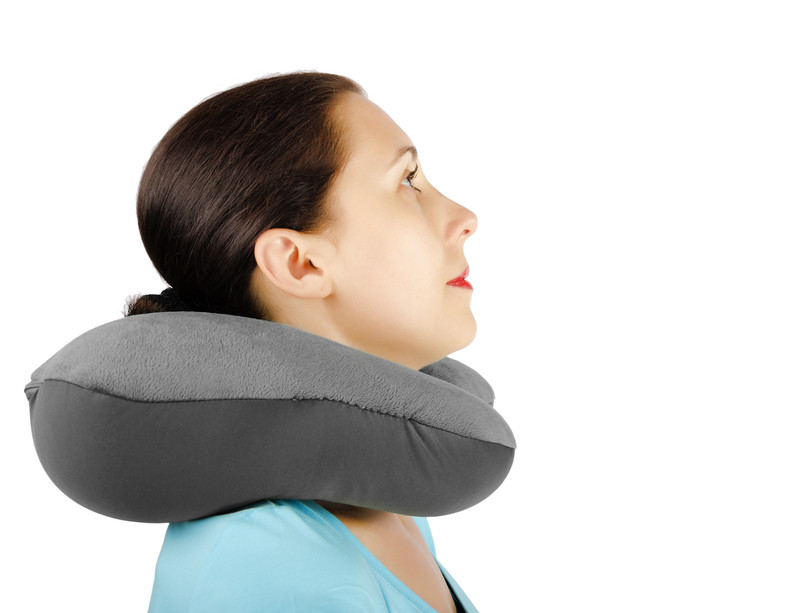
Yoga is something that people have been doing for thousands of years. Many people know that it makes them feel good, both physically and mentally, and that it has health benefits for those who practice it regularly. What we are finding, however, through research is that doing yoga regularly may also help people to reduce their chronic pain.
In the January 2016 issue of the Journal of Orthopedics & Rheumatology, researchers set out to see what recent studies had to say about using yoga to help with chronic low back pain. Millions of people suffer from chronic low back pain, which is associated with an increase in disability, a reduced quality of life overall, and even psychological symptoms (1).
In the study, researchers evaluated all of the research information regarding yoga and chronic low back pain that has been published in journals since the beginning of 2015. They looked for randomized control trials where the studies involved using yoga to try and help reduce chronic low back pain. They evaluated how the yoga had an impact on the physical functioning and disability, pain, and associated psychological symptoms.
What they found is that yoga can indeed help reduce chronic low back pain as well as disability. They also found that it can be practiced safely, has few side effects, and is well received by those who participate in it. While some people may have never done yoga before, many find that once they get started and feel the difference that it can make in their lives they end up enjoying it and find it to be an effective option for helping to manage chronic low back pain.
There are several different types of yoga that are practiced, and the research doesn’t recommend one variety over any of the others. Ideally, if you are going to try yoga for chronic low back pain relief, it’s a good idea to research the types of yoga being offered in your area. Once you narrow down a few that interest you and will work for your schedule, try them all out once. That will give you a chance to see which one you like the best, before making a longer commitment to attending regularly. While you may find you don’t like Bikram yoga, which is done in a heated room at high temperatures, you may find that you enjoy Hatha yoga, which is a common variety that combines basic moving with breathing.
A word of caution—for those with injuries or chronic pain, it is best to first meet with a physical therapist to determine which kinds of movements or exercises can be beneficial and which could exacerbate the injury. Next, pick a Yoga instructor that has experience working with injured or chronic pain patients, and be sure to tell them about your medical situation and the results of your physical therapy assessment.
Those patients who effectively manage their chronic pain tend to have a few tools that they can use to help bring some relief. Yoga appears to be one of the many options that exist to help with chronic pain management.
Source:
1. Journal of Orthopedics & Rheumatology. 2016 Jan 1;3(1):1-8.
<http://www.ncbi.nlm.nih.gov/pubmed/27231715>







